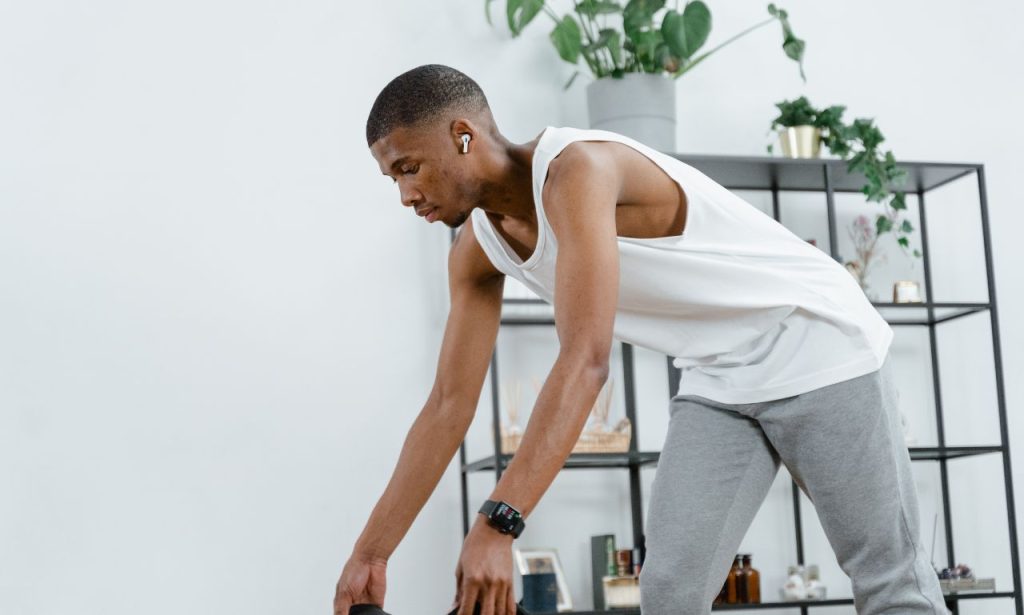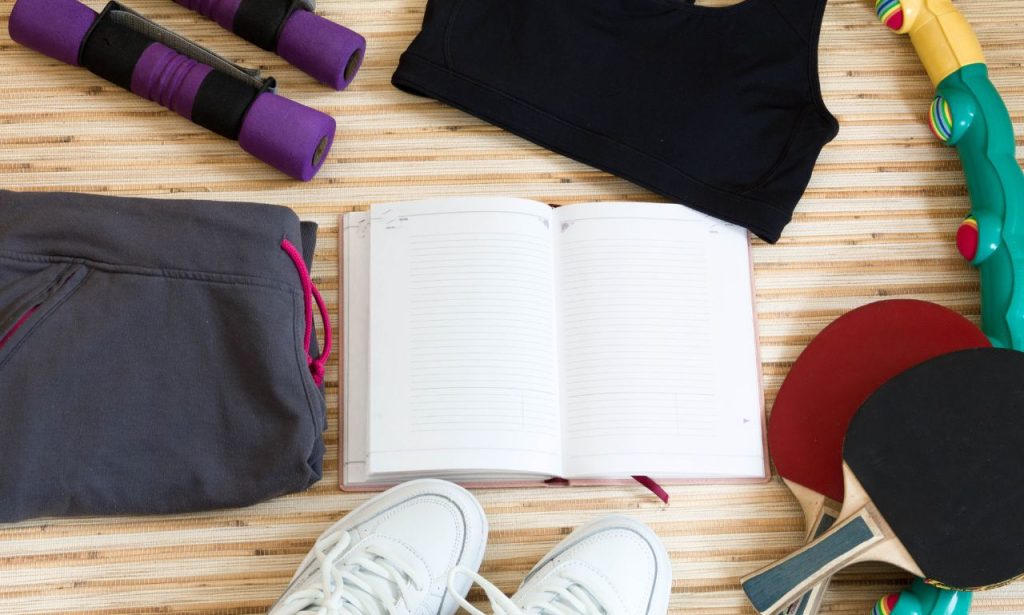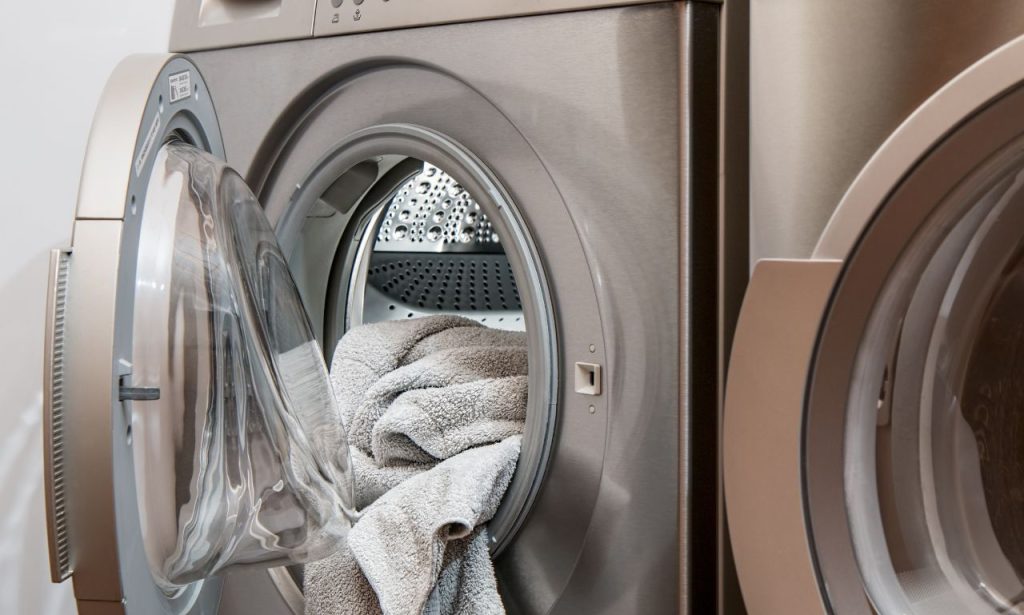When embarking on a fitness journey, one of the essential questions you might ponder is, “How many gym clothes do I need?” This query is more significant than it appears, as having the right amount of workout attire impacts not only your comfort and hygiene but also your motivation and consistency in working out. In this comprehensive guide, you will discover the optimal number of each type of gym clothing, from sports shoes to athletic socks, and learn how to care for them to extend their lifespan. Whether you are a beginner or a seasoned athlete, this article will offer valuable insights to enhance your fitness wardrobe and routine.
How Many Workout Clothes Do I Need?
The number of workout clothes you need depends on several factors, including your workout frequency, the types of exercises you perform, and your washing schedule. Here’s a detailed breakdown to help you determine the appropriate amount of gym wear:
Determining Your Workout Frequency

The first step is to evaluate how often you work out each week. Your workout frequency will directly influence the number of outfits you require. Here’s a general guideline:
| Workout Frequency | Recommended Number of Outfits |
| 1-2 times a week | 2-3 outfits |
| 3-4 times a week | 4-5 outfits |
| 5-6 times a week | 6-7 outfits |
| Daily workouts | 7-8 outfits |
Having a few extra outfits ensures you always have clean clothes available, even if you miss a laundry day. Let’s delve into each component of your workout attire to understand their importance and how many of each you might need.
Sports Shoes or Sneakers
Your choice of footwear is crucial for both performance and injury prevention. Depending on the types of activities you participate in, you might need different types of shoes. Here’s a brief guide:
Types of Sports Shoes
Running Shoes
For frequent runners, investing in a good pair of running shoes is essential. They provide the necessary support and cushioning for high-impact activities. It’s recommended to have at least two pairs to rotate, allowing each pair to dry out and maintain their shape between uses.
Cross-Trainers
These versatile shoes are suitable for various activities, including gym workouts, aerobics, and light running. Having one or two pairs of cross-trainers can cover most of your fitness needs.
Specialized Shoes
For activities like weightlifting, cycling, or hiking, consider getting shoes designed specifically for those purposes. While one pair of each type should suffice, ensure they are of high quality and suited to the activity.
How Many Pairs Do You Need?
Typically, having 2-3 pairs of sports shoes ensures you can rotate them, which helps each pair last longer and stay in better condition.
Sports Bras
The right sports bra is essential for comfort and support during your workouts. The number you need depends on your workout frequency and intensity. Here’s a general guideline:
Low-Impact Activities (e.g., yoga, pilates)
For low-impact activities, 3-4 sports bras should be sufficient. These bras focus more on comfort and less on high support.
Medium-Impact Activities (e.g., cycling, weight training)
For medium-impact activities, aim for 4-5 sports bras that provide moderate support.
High-Impact Activities (e.g., running, HIIT)
For high-impact activities, you’ll need 5-6 sports bras that offer maximum support to prevent discomfort and potential injury.
Choosing the Right Sports Bras
Ensure you get sports bras that fit well and provide the necessary support for your activities. Rotating between bras also helps maintain their elasticity and support.
Athletic Wear Tops

Tops come in various styles and materials, each suited for different types of workouts and weather conditions. Here’s what to consider:
Types of Athletic Tops
T-Shirts
Basic and versatile, t-shirts are ideal for most workouts. Have at least 3-5 in your rotation. Opt for moisture-wicking fabrics to keep you dry and comfortable.
Tank Tops
Great for hot weather and high-intensity workouts, aim for 2-4 tank tops. They provide better ventilation and freedom of movement.
Long-Sleeve Shirts
Perfect for cooler weather or outdoor activities, keep 2-3 long-sleeve shirts in your collection. They offer warmth and protection from the elements.
How Many Tops Do You Need?
The number of tops you need will vary based on your workout routine and personal preferences. Generally, having a mix of 7-10 tops should cover most needs.
Gym Bottoms
Bottoms include shorts, leggings, capris, and joggers. The right choice depends on the type of workout and your comfort. Here’s a breakdown:
Types of Gym Bottoms
Shorts
Ideal for running and high-intensity workouts, have 3-4 pairs of shorts. Look for breathable and quick-drying materials.
Leggings
Versatile and suitable for most workouts, especially yoga and pilates. Keep 4-6 pairs of leggings made from stretchy and moisture-wicking fabrics.
Capris
A great middle-ground for those who find shorts too short and leggings too long. Aim for 2-3 pairs of capris.
Joggers
Perfect for cooler weather and less intense workouts, have 2-3 pairs of joggers. They offer comfort and warmth.
How Many Bottoms Do You Need?
Ensure you choose bottoms that fit well and are made from breathable and stretchy materials. A mix of 7-10 pairs of gym bottoms should be adequate for most workout routines.
Athletic Socks
Good socks are often overlooked but are vital to your comfort and performance. Opt for moisture-wicking socks to keep your feet dry and prevent blisters. Having enough pairs ensures you always have a clean pair ready for your next workout.
Why Workout Clothes Require Special Washing

Workout clothes are designed to handle sweat and intense activity, but they also require special care to maintain their performance and longevity. Here’s why:
Sweat and Odor
Workout clothes trap sweat and odor, which can be challenging to remove with regular washing. Special care is needed to keep them fresh and clean.
Fabric Damage
The high-performance fabrics used in workout clothes can be damaged by harsh detergents and high heat. Proper washing techniques help preserve the integrity of the fabric.
Elasticity
Repeated exposure to heat and harsh chemicals can degrade the elasticity of your workout clothes, affecting their fit and performance. Proper washing helps maintain their elasticity.
Proper washing techniques can help you maintain the functionality and appearance of your workout clothes.
Conclusion
Having the right number of gym clothes is essential for maintaining an active lifestyle. By understanding the different types of workout attire and how to care for them, you can ensure you’re always ready for your next session. Remember, investing in high-quality gear and following proper washing techniques will help you get the most out of your workout wardrobe.
ALSO READ: How To Create Print-on-Demand Designs?
FAQs
It depends on the frequency of use and the type of activity. Generally, replace your workout clothes every 6-12 months or when you notice signs of wear and tear, such as stretched-out fabric, persistent odors, or reduced performance.
It’s best to wash your workout clothes after each use to remove sweat and bacteria. However, if you’re in a pinch, you can air out your clothes and wear them again for low-intensity activities.
Yes, many brands offer eco-friendly workout clothes made from recycled materials and sustainable fabrics. Look for brands that prioritize sustainability and ethical production practices.
If your workout clothes still smell after washing, try soaking them in a mixture of water and vinegar or baking soda before washing. You can also use a sports-specific detergent designed to remove tough odors.




